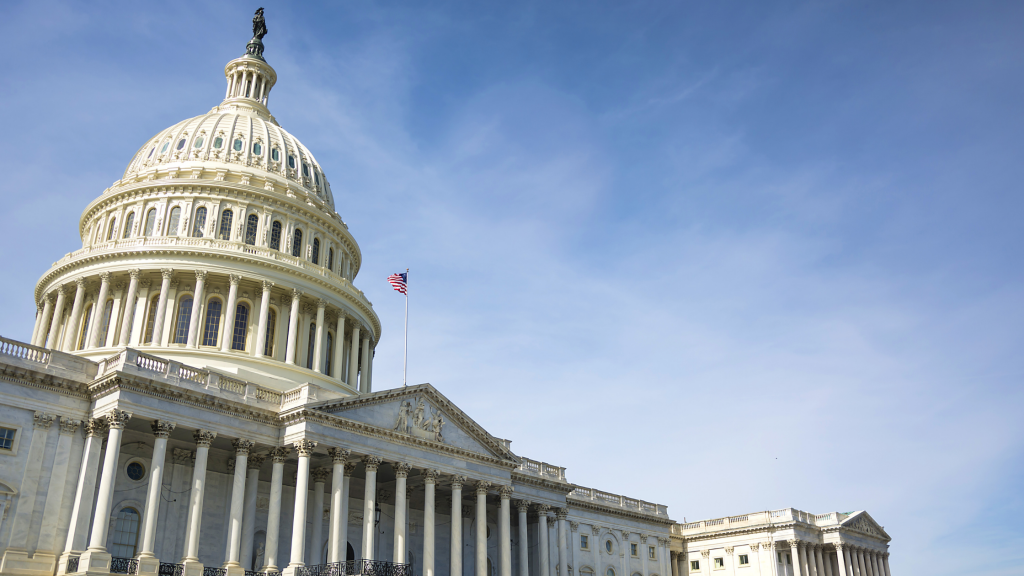House Passes SECURE ACT 2.0
Bottom Line Up Front
- The Securing a Strong Retirement Act of 2021 (better known as SECURE Act 2.0) was passed by the House on Tuesday, March 29th, 2022
- The bill is intended to enhance provisions made by the SECURE Act of 2019 and aims to help boost retirement savings
- As it stands currently, the bill would raise contribution limits for older workers, increase the RMD age, and provide additional incentives to sign-up for retirement plans

The SECURE Act 2.0 bill was approved by the House with a strong bi-partisan 414 to 5 vote. The provisions in this legislation are designed to boost retirement savings and make retirement accounts more accessible. The bill will now move on to the Senate where it will likely face additional revisions, but here are some of the provisions it currently includes:
Mandatory Automatic Enrollment and Escalation
When eligible, employers that have an established defined contribution plan would automatically enroll new employees at a pre-tax 3% contribution. Each year, the plan will increase the participant’s deferral rate by 1% up to a maximum of 15%. Employees do have the option to make adjustments at any time.
This will exclude small businesses with 10 or fewer employees, those who haven’t been in business for more than three years, church plans, and government plans.
Required Mandatory Distributions Age Increase
The SECURE Act 2.0 would delay when retirees would be subject to required minimum distributions (RMDs), which was recently changed in 2019 to 72 years of age. If passed by the Senate and signed by the President, the bill would increase the RMD age, over time, from 72 to 75 by the year 2032.
Now, while this would help people who don’t need to make withdrawals, it also means that they would be facing higher tax bills when they reach their RMD age. Also, keep in mind that this will largely benefit wealthier retirees as more than 80% of retirees take more than the RMD amount each year according to US Treasury data.
There is relief for those who fail to take their RMD. The current penalty or excise tax of 50% is reduced to 25% (is further reduced to 10% if made up in a timely fashion).
Take a look at how RMDs are calculated here.
Expanded Roth Only Catch-Up Contributions
Currently, the annual catch-up contribution limit for 2022 is $6,500, for a total contribution limit of $27,000. For people ages 62, 63, and 64, the measure would raise the annual catch-up contribution limit to $10,000 per year.
Currently, catch-up contributions can be made on a pre-tax or Roth basis. Under the measure, all catch-up contributions will be made on a Roth basis.
It will also raise the extra $1,000 IRA contribution for people ages 50 and older, to account for annual inflation.
Retirement Savings Lost & Found Database
The bill would require the Department of Labor to create an online database for workers and retirees to search for lost retirement accounts that were left at previous employers.
Retirement Plan Sign-Up Incentives
The bill also includes specific measures to incentivize retirement savings. Among the incentives, it largely targets part-time workers, employees with student loans, and those with mid-low incomes.
The SECURE Act 2.0 would allow employers to offer employees a small cash bonus for signing up. It would also set the saver’s credit percentage, which is a tax credit for mid-low income employees that contribute to their employer’s retirement plan, at 50%.
Employers would be allowed to make matching contributions based on an employees’ student loan payments regardless if they are currently contributing to their retirement plan or not.
The measure also decreases the length of time a part-time employee (who works at least 500 hours per year) would have to wait in order to become eligible for participation from three years to two years. This feature in the original SECURE Act had the potential to cause recordkeeping issues for employers and this may exacerbate that.
What’s next?
Now that the bill has passed the House, it will be sent to the Senate. Expect some revisions to be made in the coming weeks as the Senate reviews the bill. We will keep you updated with the latest updates.
If you’d like to be the first to hear about updates regarding the SECURE Act 2.0, please sign up for our newsletter up above.
Categories:
Share